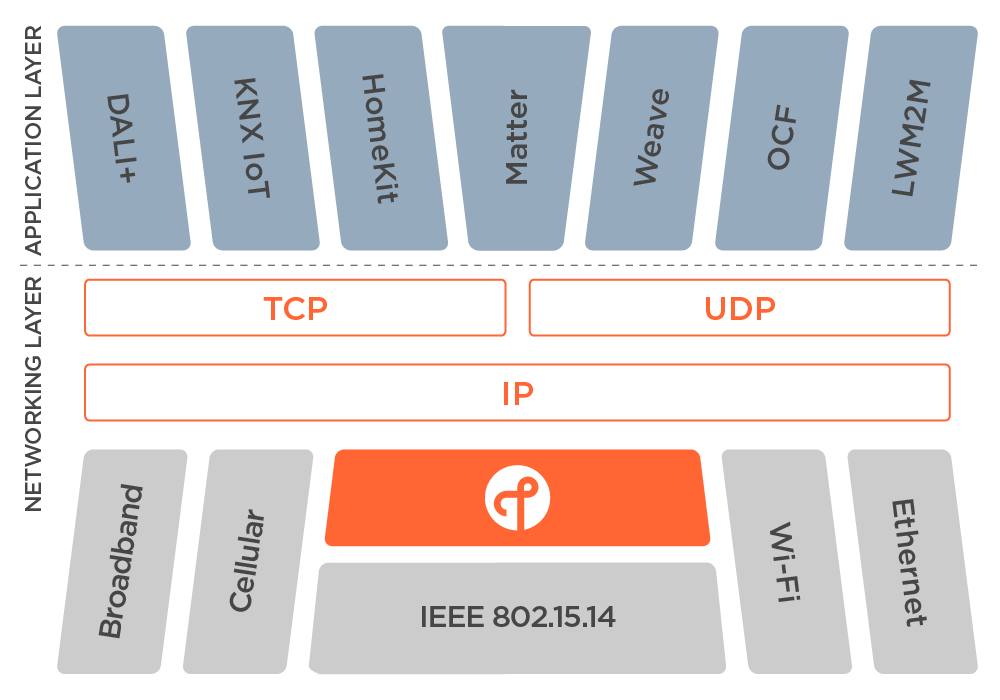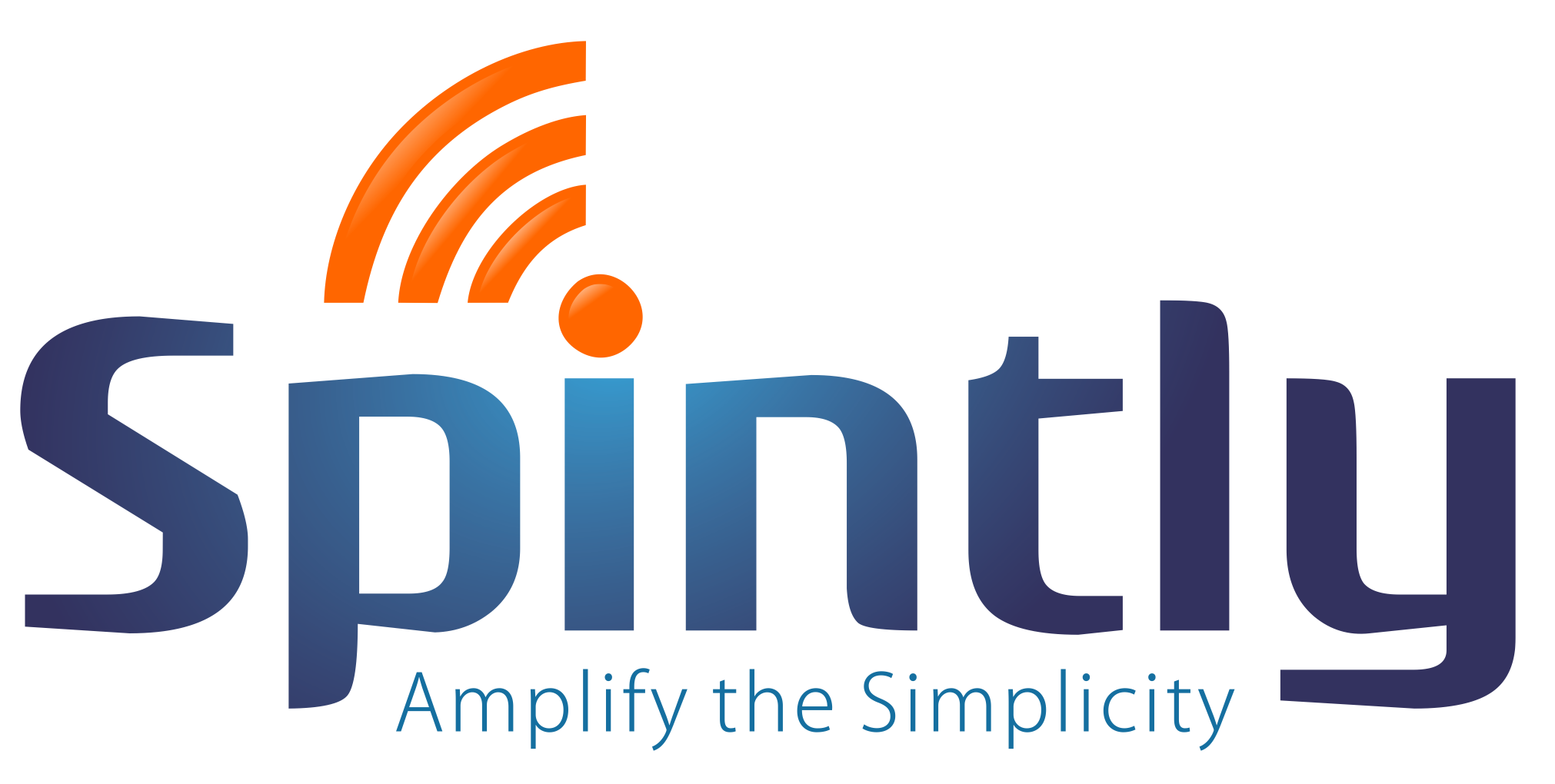THREAD + MATTER - THE FUTURE OF HOME AUTOMATION
We are all moving towards an automated world as automation is becoming more affordable, relevant and functional in solving everyday problems. As the use of the Internet of Things (IoT) and AI is becoming more common, the automation of a household is becoming more advanced and smart.
Market research by Markets&Markets suggests that the global home security and monitoring industry will become a $78.9 billion dollar industry by 2025.
The origin of home automation started with the invention of the home thermostat, and since then inventions and innovations, such as ____Nest Thermostat__ and __the Ring door bell___, have made home automation one of the fastest-growing industries in the world.
The variety of applications for home automation and smart home devices is limitless. You can use them for security, accessing and controlling your home appliances, keeping a tab on your baby or a dependent adult, or monitoring your energy consumption.
This article will discuss the problems with the current approaches to home automation, what is Matter and Thread, and how these technologies will shape home automation.

Image Credits: Thread Group
Problems in Home automation:
The home automation space powered by IoT is going through many changes to resolve some of the challenges faced by the home automation industry. New technologies are introduced, and a lot of collaborations between big companies like Google, Apple, Amazon etc are happening.
But, why are these big companies coming together, in spite of being competitors?
The current home automation ecosystem is facing one major problem, and that is the variety of communications standards and network protocols used in the market. Each brand or company has its network ecosystem, which is incompatible with another brand’s product.
And another problem is related to the security and privacy concerns of the homeowner.
Since the advent of IoT, companies across the smart home ecosystem were all looking for a standard protocol to enable home automation IoT devices to communicate with each other and share information. But they found that the existing network protocols were inefficient, incompatible and insufficient.
The challenges in the compatibility of in-home automation devices include:
- Devices use different networking protocols and hence cannot communicate with each other easily.
- All the IoT devices rely on one single main hub, which is usually a router. So if that hub fails, the whole network goes down.
- Home automation with no standardization is complex and messy to set up and configure.
- Many networking protocols consume a huge amount of energy to communicate 24/7, causing mobile devices’ batteries to drain quickly.
- The present protocols are insecure and unreliable as they can be hacked.
To create a future-proof solution, seven companies came together to create the Thread Group. They envisioned a network protocol that would allow all home automation devices to reliably and securely connect with each other without any hurdles and without draining much battery power. This is how the Thread group was formed.
What is Thread?
The result of this collaboration is Thread, a low-power wireless mesh networking protocol based on the universally supported Internet Protocol (IP), and built using open and proven standards.
Thread solves the complexities of the IoT, addressing challenges such as interoperability, security, power, and architecture requirements. It uses the Internet’s proven, open standards to create an Internet Protocol version 6 (IPv6) based mesh network, where each device is also an access point.
Thread ensures end-to-end communication — device-to-device, device-to-mobile, and device-to-cloud — reliably and securely connecting hundreds, and even thousands, of products without taking a toll on battery life.
Thread devices can connect with any device which can act as a gateway, called a Thread Border Router, and this eliminates the requirement of a dedicated hub or gateway.
What is Matter?
Matter is a connectivity technology that unifies existing network technologies like Thread, Wi-Fi, Bluetooth, etc., and makes them work together with easy communication and interoperability.
Matter is a new smart home wireless connectivity standard aiming to merge smart home technologies under one application framework standard with IP address as a backbone.
It was developed by the Connectivity Standards Alliance (CSA) and was launched by some of the biggest names in the industry, including Amazon, Google, Apple, Samsung SmartThings, etc.
Why would these companies do it?
The answer is that interoperability of the current smart home network technology is messy.
Matter will ensure that the different smart home devices will be able to work across different ecosystems and their voice-assisted devices. It will make it easier for manufacturers to create products that can be compatible with a variety of ecosystems.
Aligning Thread and Matter:-
Thread networking connectivity addresses the needs of IoT devices like easy communication between them with low energy consumption and interoperability with different application standards.
A Thread network offers interoperability between devices of different platforms, but it might not be able to run all the automation. For example, if you are using an Apple
HomeKit device, you need the hub to run all of the automation. For example, a Google Nest hub will not be able to run Apple HomeKit automation.
A Matter-certified smart home device will be able to integrate with any other smart home device regardless of the smart home ecosystem you have. So if you are buying a product that has the Matter logo in it, you don’t need to worry if it will be compatible with your home automation ecosystem.
Hence, aligning the Matter certified products with IP based Thread network will make your home automation solution more flexible and secure and give it the freedom to interoperate a variety of devices with different ecosystems without worrying about their compatibility.
Importance of Thread technology for smart home solutions:
- Easy to use: The Thread network is easy to install and understand by users. They can add, remove, and authorize the devices on their network with their phones or computers.
- Safe and secure: Thread uses AES encryption that eliminates any loopholes that exist in other wireless networks.
- Power-efficient: Thread creates a mesh network that makes an exchange of data easy and consistent without draining the battery.
- Self-healing: With a Thread mesh network, there is no single main hub point. Instead, each device acts as an access point, so if any hub fails, the whole network will still be operational.
Conclusion:-
Thread and Matter are the latest technologies in the home automation market that allow consumers to select products of different manufacturers irrespective of their home network ecosystem.
Owing to these advantages of Thread and Matter Spintly has developed the world’s first fully wireless access control system based on the thread protocol. Spintly also has products based on the BLE-mesh protocol. The addition of support for Thread is a move towards simplifying the built world using an interoperable wireless standard for commercial building automation.
Contact Us
Let’s Talk


